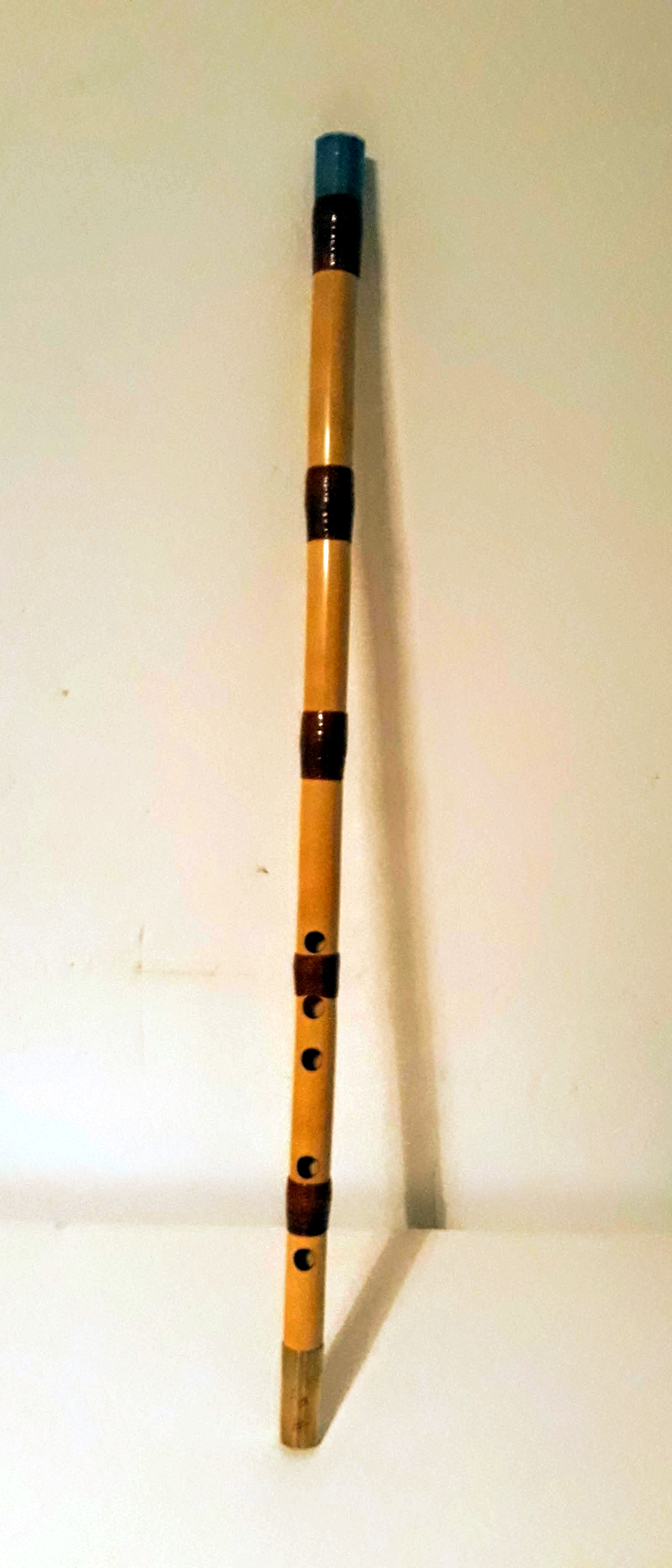Nāy
Enlarge text Shrink text- New Grove dict. mus. instr.(Oblique rim-blown flute of the Middle East, Iran and Central Asia)
The ney (Persian: نی), is an end-blown flute that figures prominently in traditional Persian, Turkish, Jewish, Arab, and Egyptian music. In some of these musical traditions, it is the only wind instrument used. The ney has been played for over 4,500 years, dating back to ancient Egypt, making it one of the oldest musical instruments still in use. The ney consists of a piece of hollow cane or giant reed with five or six finger holes and one thumb hole. The Arabic ney is played without any mouthpiece. This contrasts with the Turkish ney that sometimes have a brass, horn, or plastic mouthpiece which is placed at the top to protect the wood, to produce a steeper sound, and protect it from damage, with a better edge to blow on. Modern neys may instead be made of metal or plastic tubing. The pitch of the ney varies depending on the region and the finger arrangement. A highly skilled ney player, called neyzen, can reach more than three octaves, though it is more common to have several "helper" neys to cover different pitch ranges or to facilitate playing technically difficult passages in other dastgahs or maqams. In Romanian, this instrument is called "fluier", the word nai is applied to a curved pan flute while an end-blown flute resembling the Persian ney is referred to as caval.
Read more on Wikipedia >
 Topic
Topic




